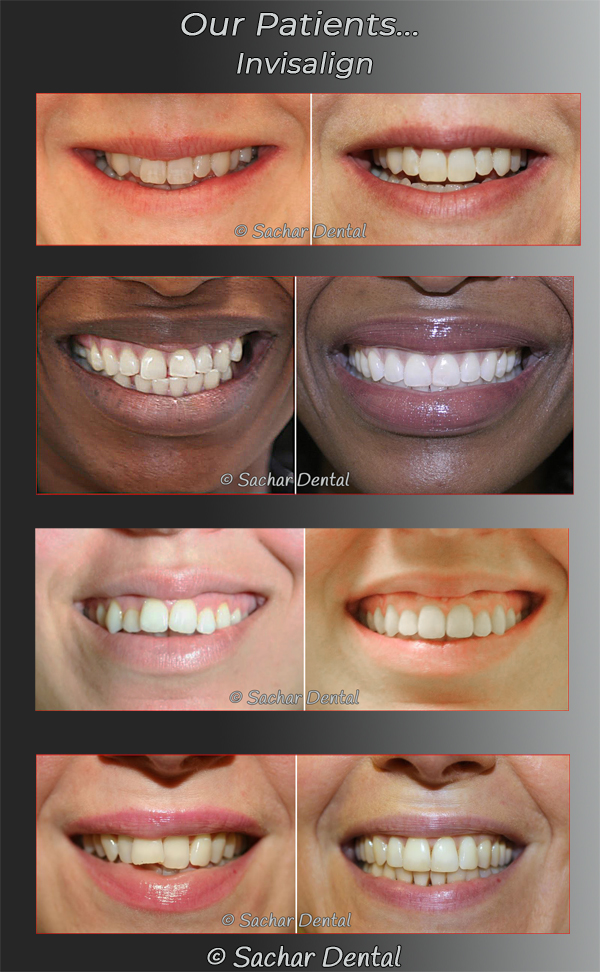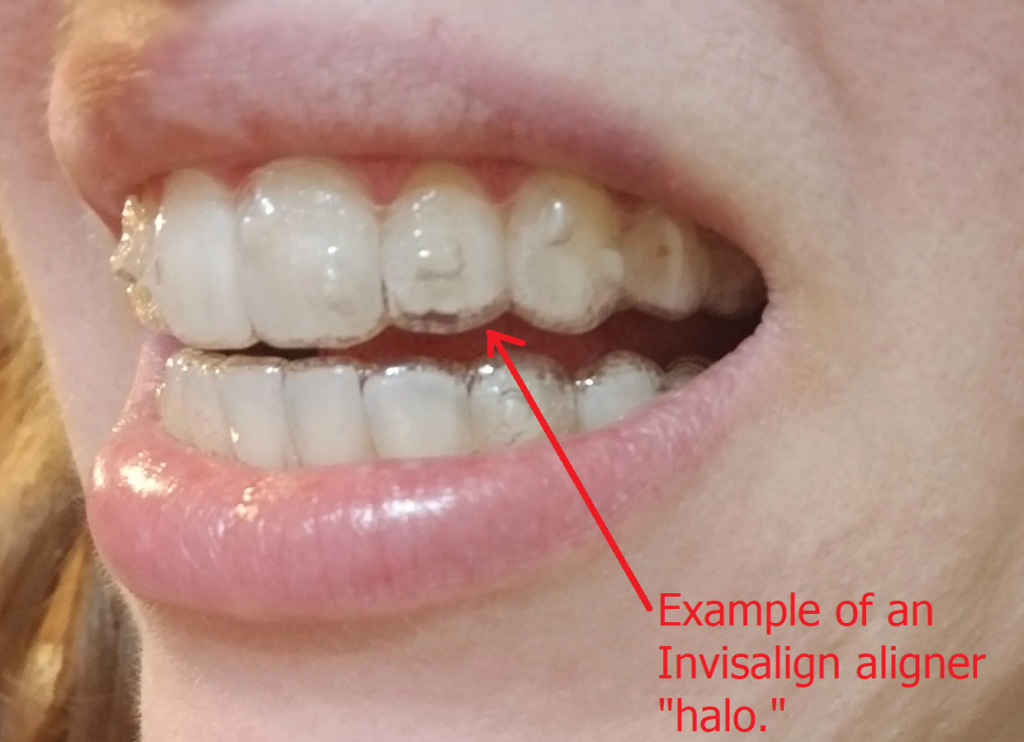The Ultimate Contrast: Invisalign vs. Traditional Dental braces for Adults
The Ultimate Contrast: Invisalign vs. Traditional Dental braces for Adults
Blog Article
Invisalign vs. Conventional Braces: Which Option Is Right for You?
When considering orthodontic treatment, the option between Invisalign and typical dental braces provides a number of important factors that merit cautious examination. Invisalign offers a discreet alternative with removable aligners, while conventional braces supply a more noticeable yet efficient service for serious imbalance.
Summary of Treatment Options

In comparison, standard dental braces include steel braces and cords that are bound to the teeth. This method applies continuous stress with time to attain alignment. While reliable for complex orthodontic issues, standard braces call for normal check outs for modifications and can posture difficulties in keeping oral hygiene as a result of the trouble of cleaning about cords and braces.
Both alternatives have their advantages, and the selection frequently rests on particular oral problems, way of living choices, and patient conformity. Ultimately, seeking advice from an orthodontic specialist is crucial for identifying one of the most appropriate treatment strategy tailored to specific requirements. Understanding the nuances of each choice can substantially influence the general success of orthodontic treatment.
Visual Considerations
A significant factor influencing the selection between Invisalign and standard braces is the aesthetic appeal each treatment provides. Invisalign aligners are crafted from clear plastic, making them virtually invisible when worn. This discreet look is particularly attracting adults and teenagers who may feel awkward regarding their orthodontic therapy. The capacity to preserve an all-natural smile throughout the positioning procedure can dramatically improve the client's self-confidence in professional and social setups.
On the other hand, conventional dental braces are composed of steel braces and wires, which can be a lot more visible. While innovations in orthodontic technology have resulted in the development of smaller braces and tinted elastics, traditional braces still preserve a more obvious account. For some individuals, the visibility of dental braces may prevent them from seeking essential therapy.
Inevitably, the selection in between Invisalign and standard dental braces might pivot on personal preferences pertaining to looks. Individuals that prioritize discretion commonly favor Invisalign, while those who are much less worried about presence might choose for traditional braces. Recognizing the visual effects of each alternative is essential for making a notified choice that straightens with one's way of life and choices.
Comfort and Convenience

In terms of convenience, Invisalign aligners are detachable, enabling patients to enjoy their favorite foods without constraint and preserve ideal oral hygiene. Brushing and flossing are streamlined, as the aligners can be gotten throughout these routines, whereas conventional braces need mindful steering around his response braces and cables.
In comparison, typical braces demand normal adjustments, making them much less practical for those with hectic timetables. Overall, the comfort and ease of Invisalign make it an attractive selection for many individuals seeking orthodontic treatment.
Therapy Period and Efficiency
While both Invisalign and standard dental braces are efficient in dealing with oral imbalances, the period of treatment can vary considerably between both alternatives. Typically, Invisalign treatment can take anywhere from 12 to 18 months, depending on the intricacy of the situation. The clear aligners work by progressively changing teeth right into their wanted positions, and normal follow-ups with an orthodontist aid make sure development continues to be on course.
On the other hand, traditional braces often call for a longer commitment, normally varying from 18 months to three years. This is due to their fixed nature and the usage of brackets and cables, which can be extra efficient for serious imbalances and intricate instances (Invisalign). The treatment performance of typical dental braces is well-documented, as they enable exact modifications and greater control over tooth motion
Eventually, the choice in between Invisalign and typical dental braces may hinge on both the awaited therapy period and the certain dental problems at hand. Consulting with an orthodontist is crucial, as they can supply tailored referrals based upon private needs, ensuring the chosen technique lines up with preferred end results and durations.
Expense Contrast and Insurance Coverage Choices
Cost plays a considerable function in the decision-making procedure for individuals taking into consideration orthodontic therapy, whether choosing Invisalign or typical braces. Typically, the price of Invisalign ranges from $3,000 to $8,000, while traditional dental braces look at this site generally cost between $2,000 and $6,000. Elements affecting these expenses include the intricacy of the case, the duration of therapy, and geographical area.
Several oral insurance strategies offer partial insurance coverage for orthodontic therapies, however the specifics can differ commonly. Usually, traditional braces might be much more regularly covered by insurance coverage strategies compared to Invisalign, which some insurance firms classify as a cosmetic procedure.
Additionally, numerous orthodontic techniques supply versatile settlement plans, making both therapy options a lot more accessible. People need to inquire about prospective funding alternatives and price cuts for upfront repayments. Assessing the total cost, including insurance coverage advantages and layaway plan, is crucial for making an educated decision that aligns with both visual preferences and budget plan factors to consider.

Conclusion
In recap, the option in between Invisalign and standard dental braces rests on multiple aspects, including aesthetic preferences, convenience, treatment duration, and expense. Invisalign supplies a very discreet, removable choice that helps with dental health and nutritional flexibility, while standard braces may be preferable for intricate dental concerns and typically come at a reduced cost factor. Ultimately, consultation with an orthodontist is important to analyze specific circumstances and figure out the most ideal therapy choice for accomplishing ideal oral alignment.
When thinking about orthodontic treatment, the choice in between Invisalign and standard dental braces presents a number of vital factors that warrant mindful evaluation.Contrasting Invisalign and standard dental braces reveals distinctive therapy alternatives for orthodontic correction.While both Invisalign and traditional braces are reliable in correcting oral misalignments, the duration of therapy can vary dramatically between the 2 options.Price plays a considerable function in the decision-making procedure for individuals taking into consideration orthodontic treatment, whether opting for Invisalign or traditional dental braces.In summary, the option between Invisalign and conventional braces pivots on multiple elements, including find out visual preferences, convenience, therapy duration, and cost.
Report this page